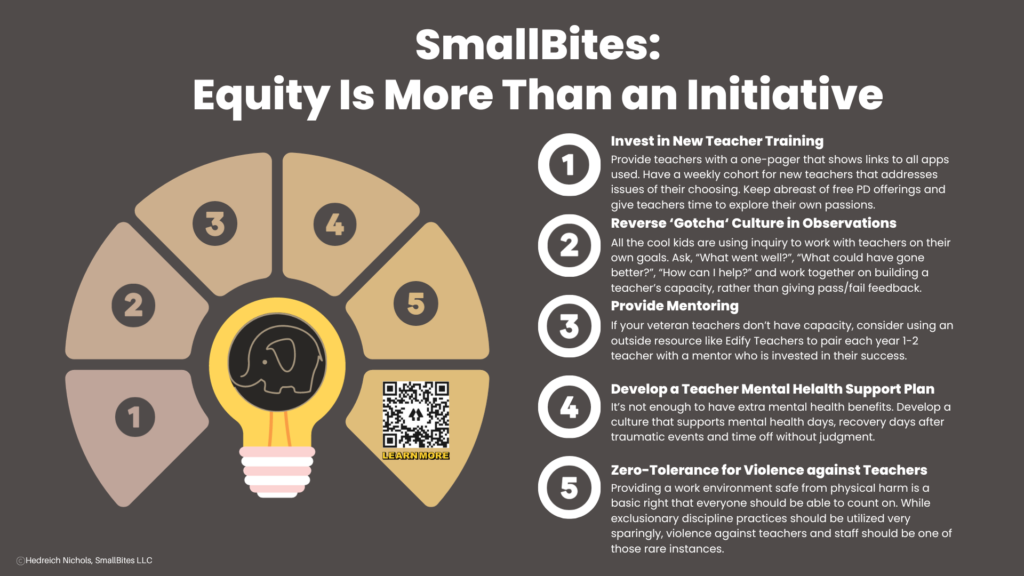The Bridge: One Mom’s Journey Beyond Parenting and Teaching
Where I’ve Been: A Pause in Consulting and Podcasting
When I last blogged, I promised an update to those who have followed my podcast and consulting calendar regularly. This one’s for you! Stepping down the pace and amount of consulting I was doing has been a natural part of this phase of both life and career, and although this isn’t directly connected to education, it is deeply relevant for so many in the profession that the lessons are worth passing on.
The Bridge Between Full Time Motherhood and Teaching, and What’s Next
The bridge referred to in the title is the journey between full-time parenthood and what comes next. After years in the sanctuary of motherhood—and the classroom—I’ve stepped back into the wild and found it familiar, thrilling, and a little terrifying–after the initial shock and trauma of it all! This phase is about hard-passing on “empty nester syndrome,” opting instead to embrace the sound of my own wings. It’s about finding my rhythm beyond the structure of school schedules, afternoon practices, weekend concerts, and games. It’s about honoring the quiet grief of gently closing the door on nearly half a lifetime—and opening a portal to rediscover joy, purpose, and the wild parts of myself I’d carefully tucked away.
What Happens After You Retire from Teaching (and Full-Time Parenting)
In the lifetime since my last SmallBites episode, I have released my son onto the free range and retired from the classroom. Finding my identity outside of what I do for young humans has been… challenging, to say the least. The first time I stood in the store and realized I didn’t need a gallon of milk, I had a breakdown. They didn’t have a half-gallon of my favorite brand and I melted down into tears right there in the dairy section. I wish I could say that was the only moment like that, but that would dishonor my coworkers, who patiently let me burst into tears at the falling of some dust speck–sized reminder of my dreamy, rose-colored parenting days. “Hard-passing on ’empty nest syndrome'” does not mean hastily switching gears. It means diving headlong to the grief connected with letting go and finding yourself adrift, and then anew.
Strategy 1: Build a Support System for Your Transition
That brings me to my first strategy: find supportive community and let them know you might be struggling a little. If you are a woman, this time probably comes with some hormonal shifts as well, so having safe-space people becomes even more important—because, good luck with stemming the flow of those tears! Accepting that emotional part of processing the change is also central to this evolution, or at least it has been for me. From senior year to about 18 months after he went to the Army, there were lots of feelings. I didn’t shy away from them. But I also didn’t shy away from dipping my toe back into the water of self-discovery. I found a backup brand of milk I like, then a second. I found that solo travel in places without a kids’ club was ahh-mazing. I also discovered the air fryer—my kitchen bestie, second only to my espresso maker.

Strategy 2: Real Self-Care for Teachers and Mothers in Transition
I’ve found that I enjoy painting my own nails and sipping glittery, handcrafted cocktails while wearing a nourishing face mask. Who knew the internet was full of recipes for both! Which brings me to strategy 2: practice self-care. There should really be no time in life where you don’t take time to breathe, stretch, dance, read, or just be. While I know that can be almost impossible when you’re balancing a family and career, consider it as important as filling up the car. To serve others well, you have to keep your own tank full. What fills your bucket? What brings you joy? It can be as simple and cost and calorie conscious as finding animals in the clouds. Whatever feeds your soul, make time for it.
End-of-Year Teacher Tip: Try a Self-Care Palooza with Students
If you are in the classroom or developing curriculum, consider writing in a self-care palooza. Talk to students about regulating emotions and taking time to power down, especially after the oft anxiety riddled testing season. Have them research, develop, and share self-care routines—or even set up classroom wellness stations, as your school guidelines allow.
From the Classroom to Consulting: Still in the K–12 Space
For me, this time away from the frenzy of 7-day-a-week consulting, writing, parenting, and teaching has been time well spent. I have needed the time to process the last two decades that were centered around family, and launch this season where I get to know the hopes, dreams, likes, and loves of this really cool person—me.
And while I enjoy making more time and space for me, I am still deeply a part of the educational sector. Co-hosting a morning show with Alice Keeler at HA! UnmutED, we start the week Mondays at 7:50, talking about classroom and district concerns. I still share my K–12 institutional knowledge through school culture and AI consulting, coaching, and articles in online publications like Edutopia and TESPA. And since teacher retirement, I am especially enjoying telling the story of the Center for Outcomes Based Contracting, an educational nonprofit that transforms the way K–12 providers and districts partner, centering measurable student outcomes from procurement and contracting through implementation. Finally, my books are a great source of evergreen knowledge for history buffs and those who want to create more human-centered classrooms.
Rewilding After Teaching: Rediscovering Identity and Purpose
But back to this bridge I mentioned—this crossing over, if you will. As I emerge from the wandering, feeling-my-way phase, I’m starting to hear the sound of my own wings again—lighter now, more certain. No longer tethered to the regimented rhythms of teaching and mothering, I’m stepping more solidly into a vision of who I am becoming. Not just after, but because of those seasons. The rewilding isn’t loud—it’s quiet, rooted, and deeply alive.
It’s messy. It’s magic.
And I’m back.
P.S. If you’re a fellow educator, parent, or human in transition—feel free to share this with someone else on the journey. Let’s normalize what comes after the classroom and the kitchen table.
The Bridge: One Mom’s Journey Beyond Parenting and Teaching Read More »


